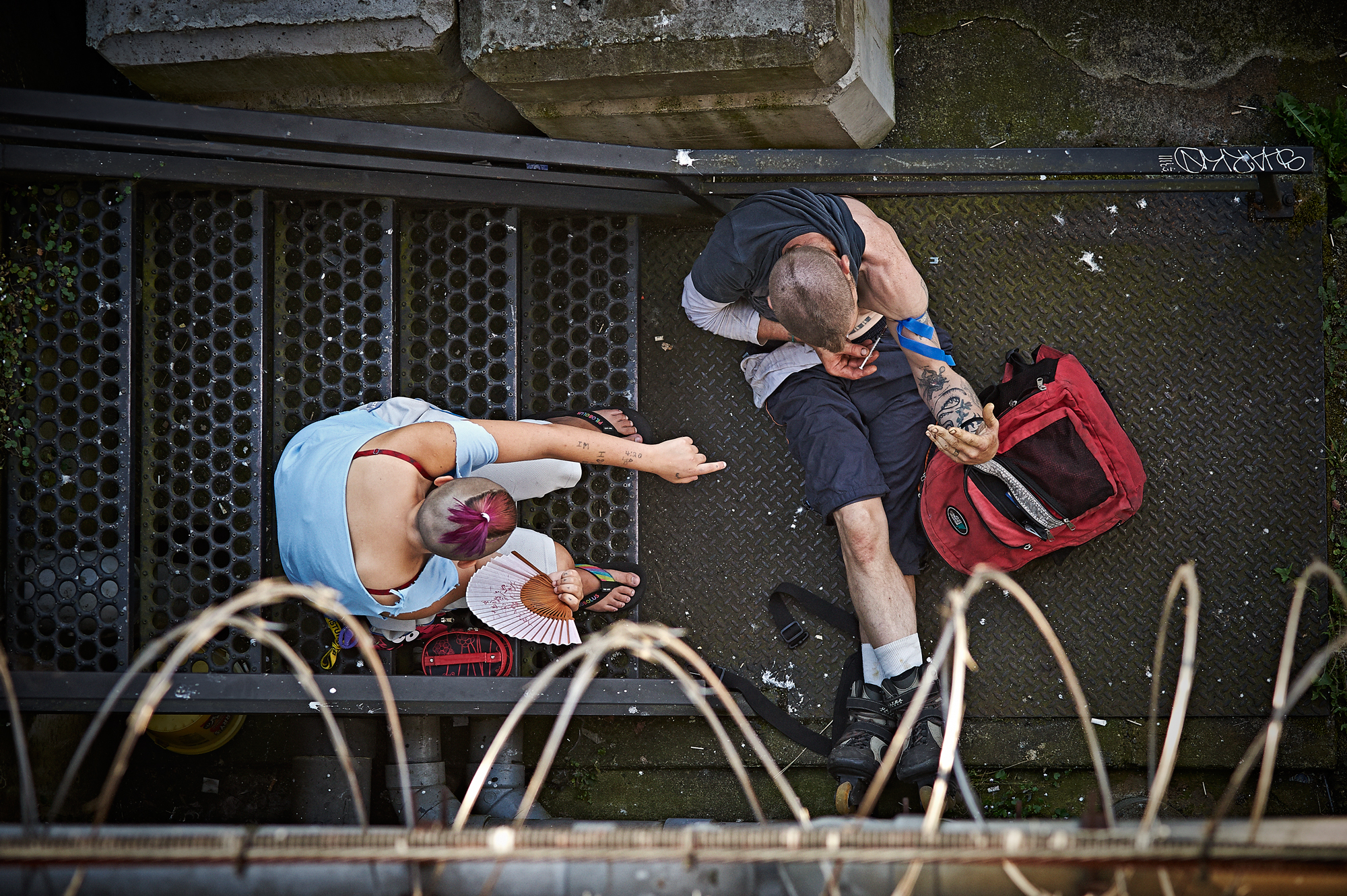
Waldy Martens never intended to begin the documentary project from which the photos above are taken. As a commercial and editorial photographer, Martens was simply using his camera to deal with a problem that confronted him daily after he first moved in 2011 to an apartment and studio in downtown Vancouver. Voices from the alleyway could be heard at all times of night and throughout the day, and he quickly realized he was living next to a popular hangout for drug users, prostitutes and dumpster divers. He grew frustrated with the trail of needles, garbage and feces they often left behind. He started opening the window to his second-story studio and taking pictures, using the sound of the shutter to shoo away the people below.
Over time, however, Martens started to become interested in not only the immediate effect of that sound, but also the images he was creating. By now, he estimates he has photographed a couple hundred different people in the 30-square-foot radius around the dumpster outside his building.
“It’s almost as if it’s a time lapse. It’s mind-boggling how much happens there,” he says. “It’s almost as if it’s a bus stop, but people are doing everything but waiting for the bus.”
The flow of people remains constant, continuing throughout the days and weeks. (“As we speak, I’m watching a girl with her life spilled out on the concrete, wearing angel wings, dancing around with cuts on her arms,” he says.) The unsuspecting subjects make little attempt to hide what they are doing, sometimes continuing on even after seeing Martens and his camera watching.
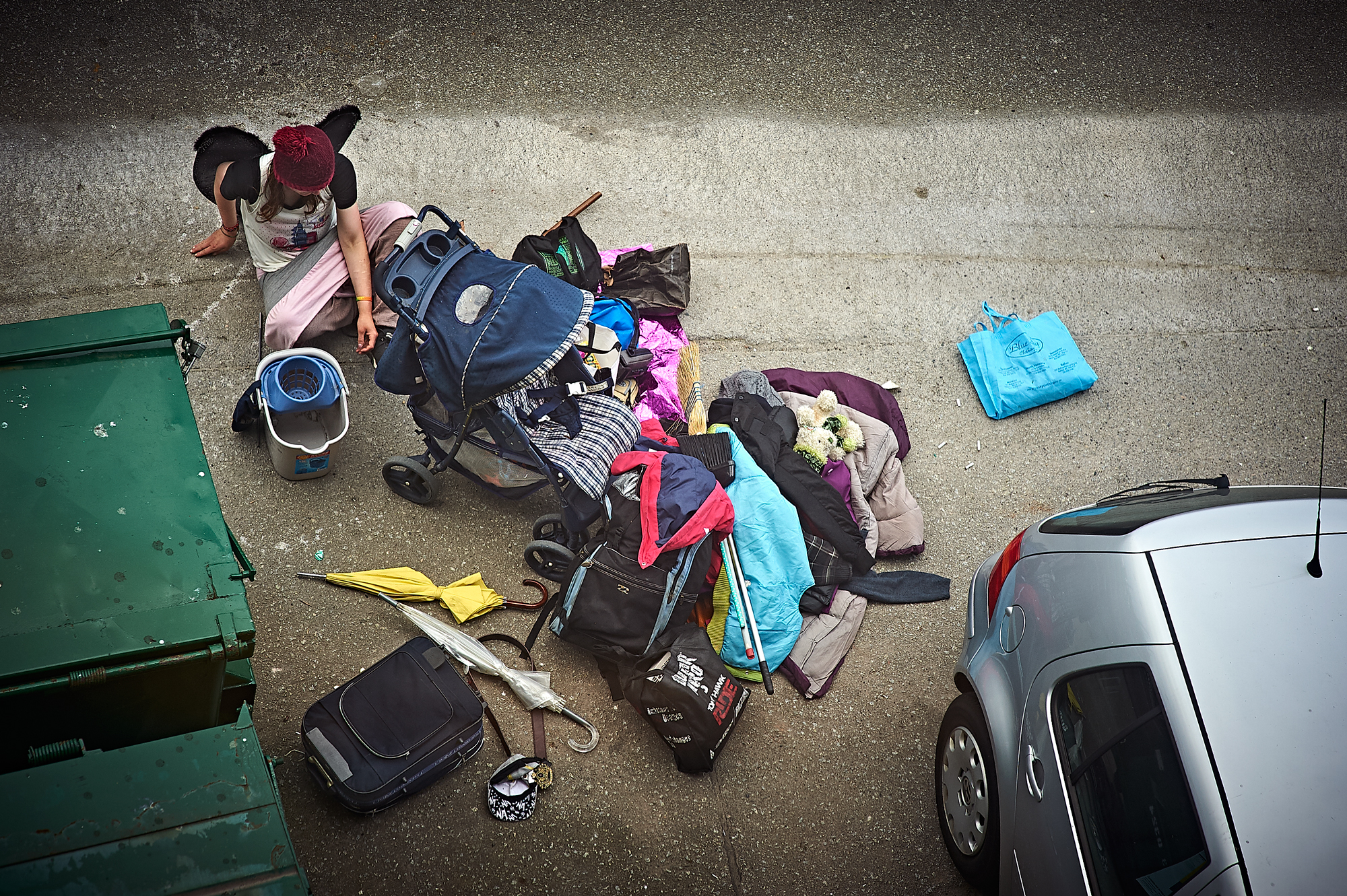
The most common activities he observes are digging through the large green dumpsters and using drugs — as a result of which, Martens has had to call several ambulances for unresponsive users or the police when he hears a girl “getting roughed up.” (He chose not to photograph any of those instances.) And, as a witness to those moments, Martens has found that his ideas about drug use have changed; he has come to see the addiction rather than the indulgence. “There’s a lot of misery that goes on around here, that’s for sure. I don’t see it as any fun. It’s just something you gotta do to get through the day and it’s not a fun way of doing it,” he says. On the other hand, he notes, Vancouver has a number of well-funded programs to take care of those in need and there is a supervised injection site for heroin users only a few blocks away.
In 2003, Insite, North America’s first legal supervised injection site opened in downtown Vancouver to accommodate the “high number of long-term injection drug users” in the area. A federal exemption allows the site to operate legally. With assistance so readily available, Waldy says, “there are days where it makes me angry that people are living that way.”
However, not everything Martens sees is bad. Among the rough moments are uplifting ones.
“You do see a lot of poignant, tender moments between people,” he says. “Obviously people don’t have a lot, but it’s interesting to see them sharing, giving a hug or whatever they’ve got.”
And, given that so much happening out in the open, he wonders whether those same scenes are being repeated on other blocks not only in Vancouver, but also across the world: “I’m not traveling shooting a subject,” he says. “I’m just pointing a camera down at one dumpster and that’s what I see.”
Waldy Martens is a commercial and editorial photographer based in Vancouver. Follow him on Instagram.
Josh Raab is a multimedia editor at TIME. Follow him on Instagram and Twitter.
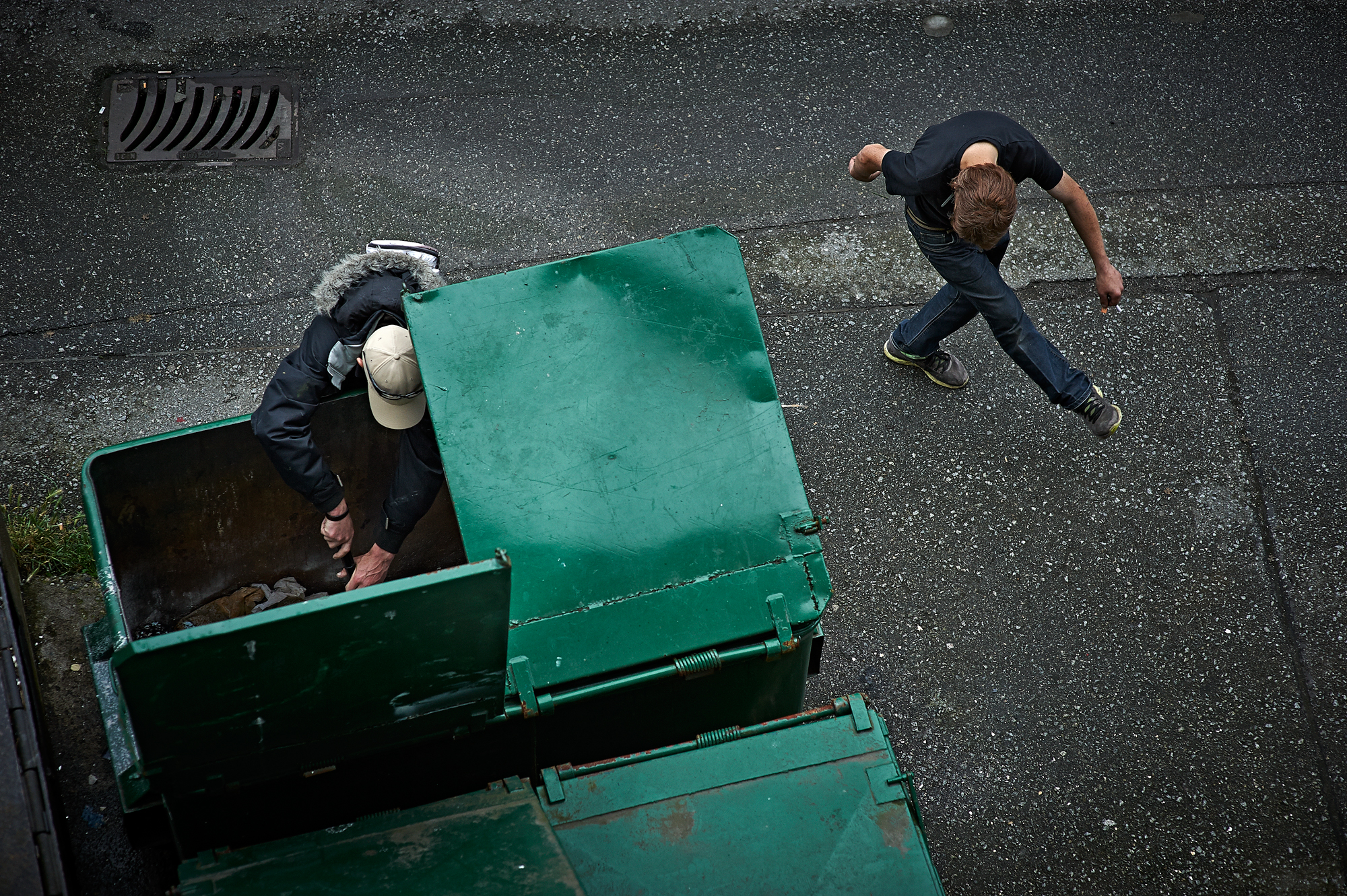
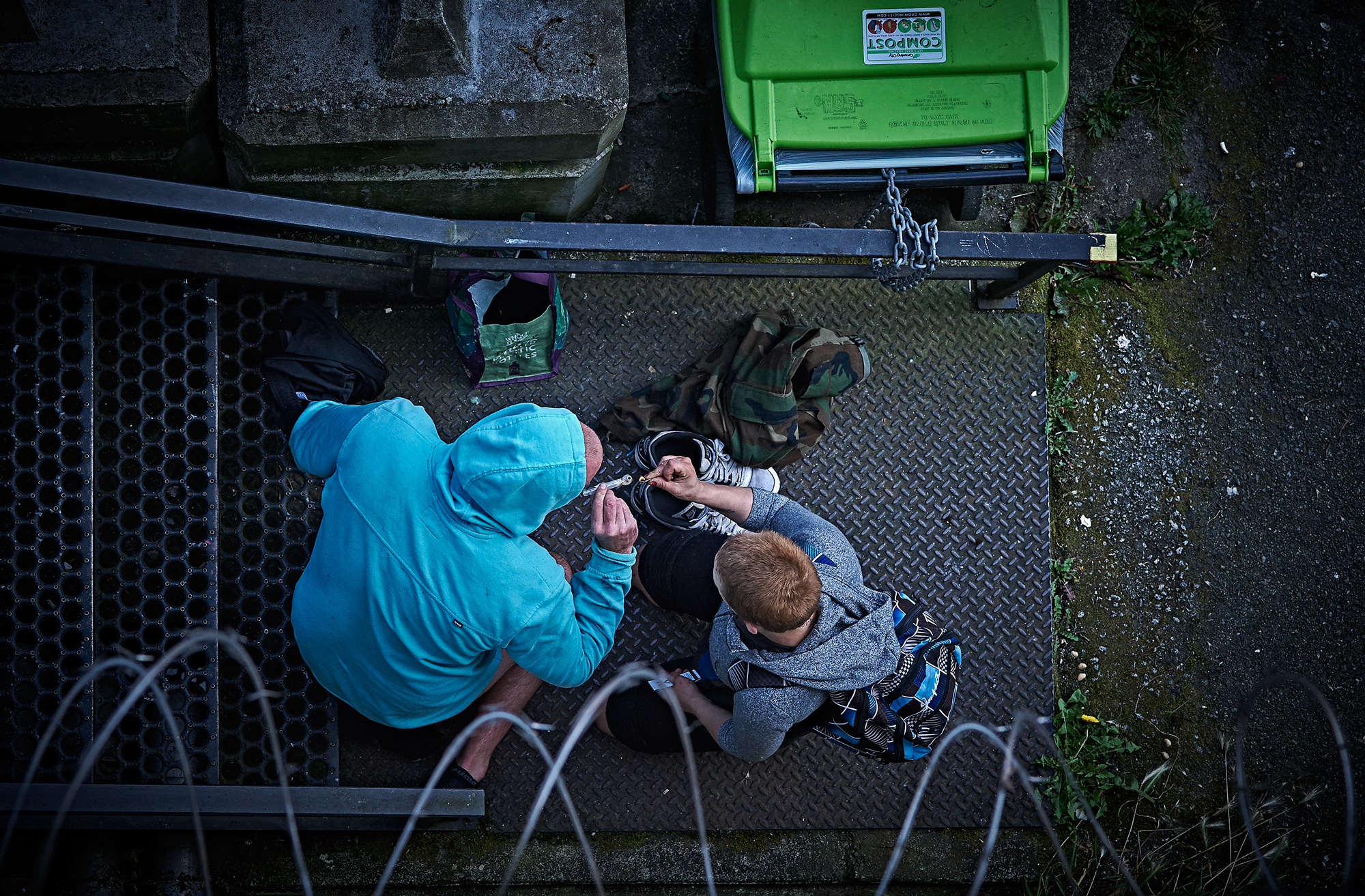
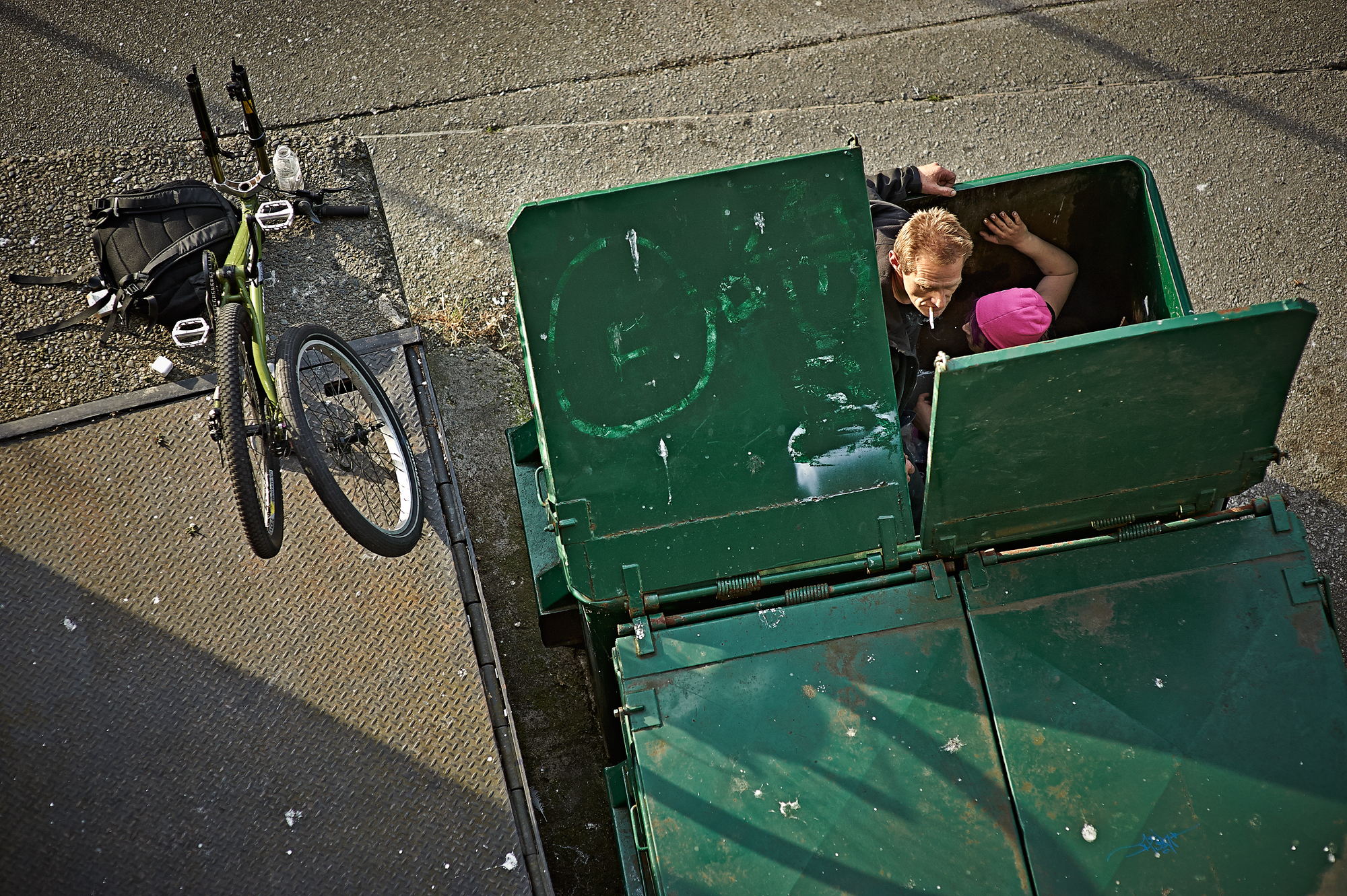
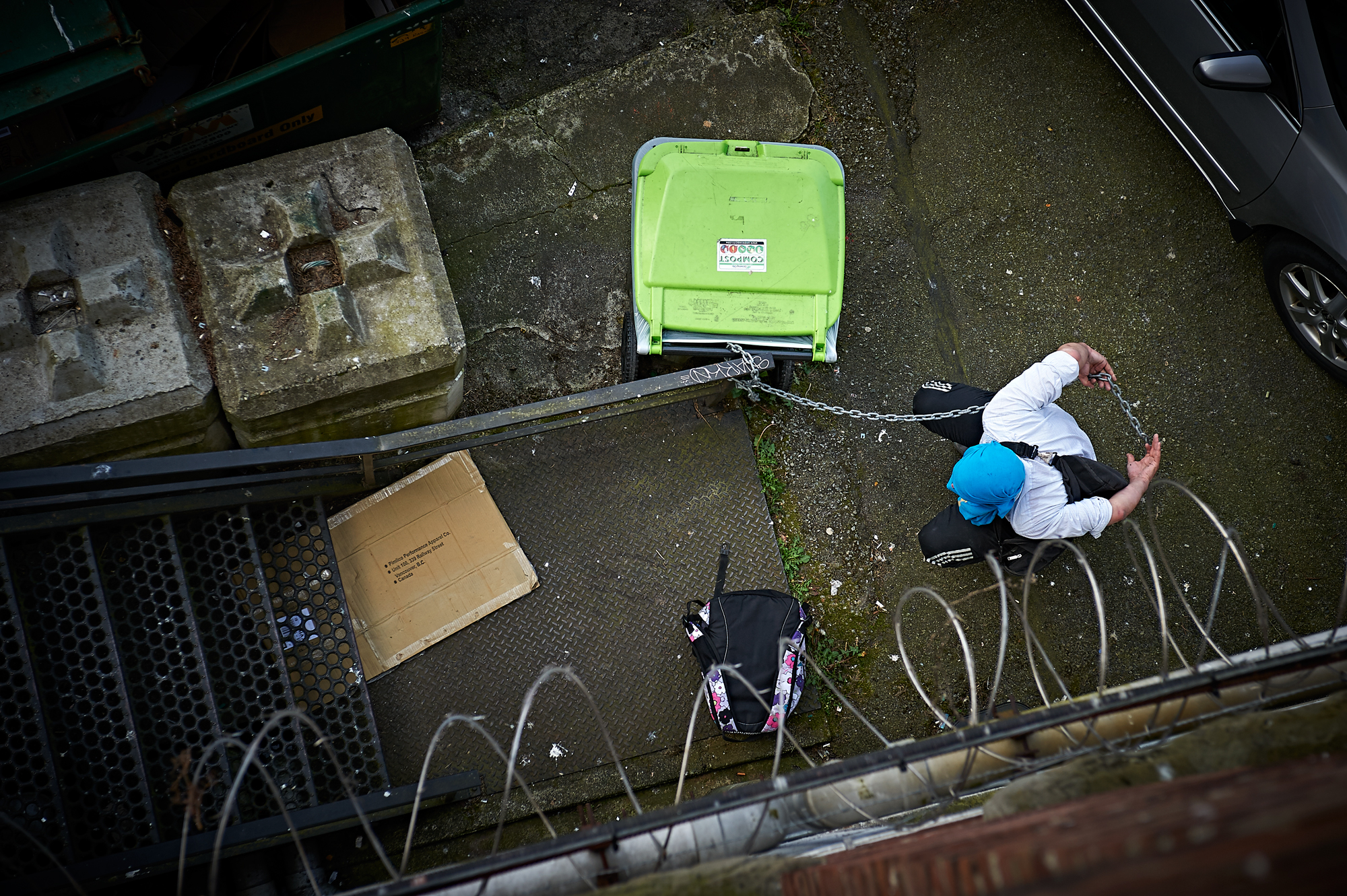
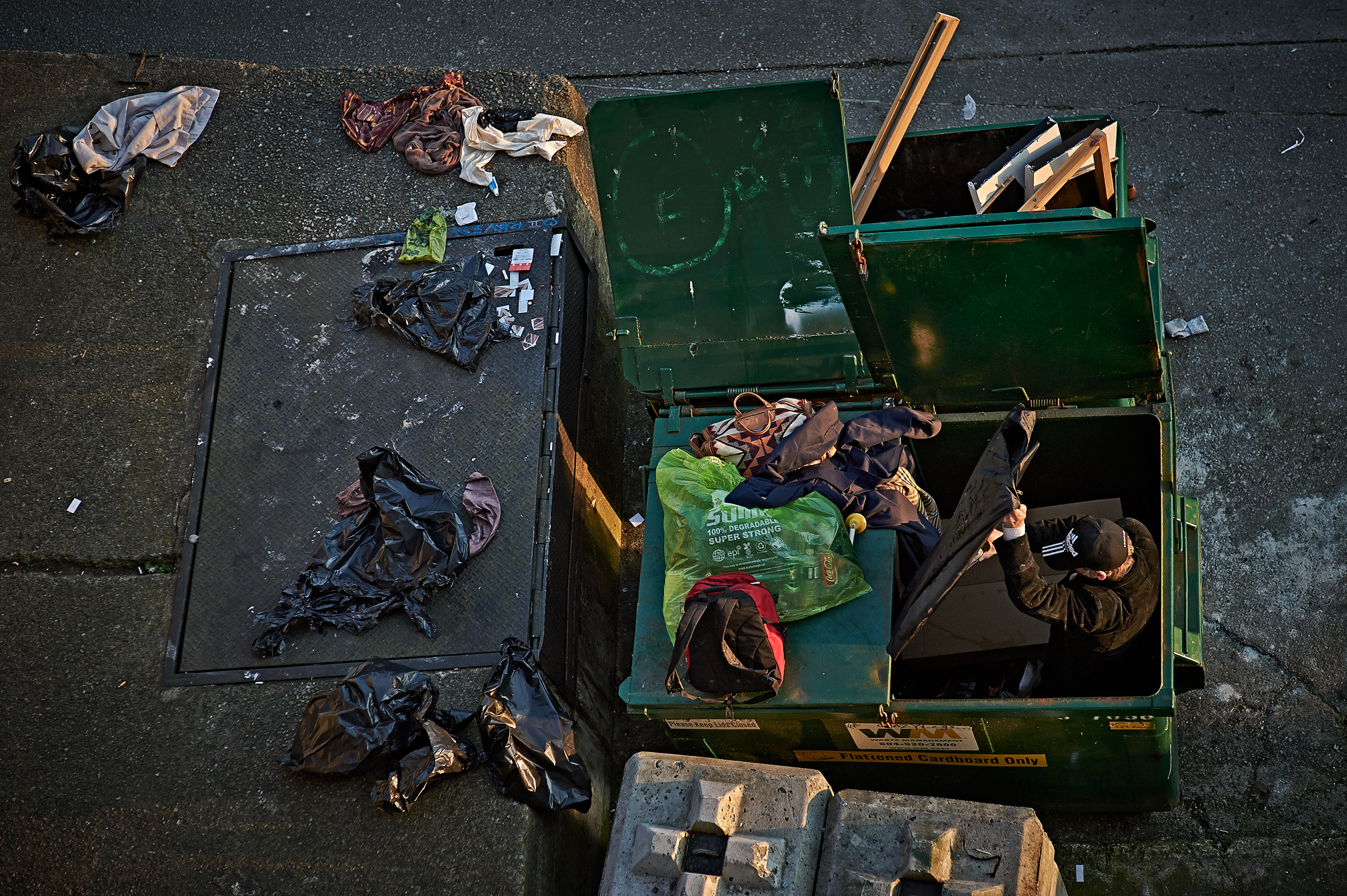
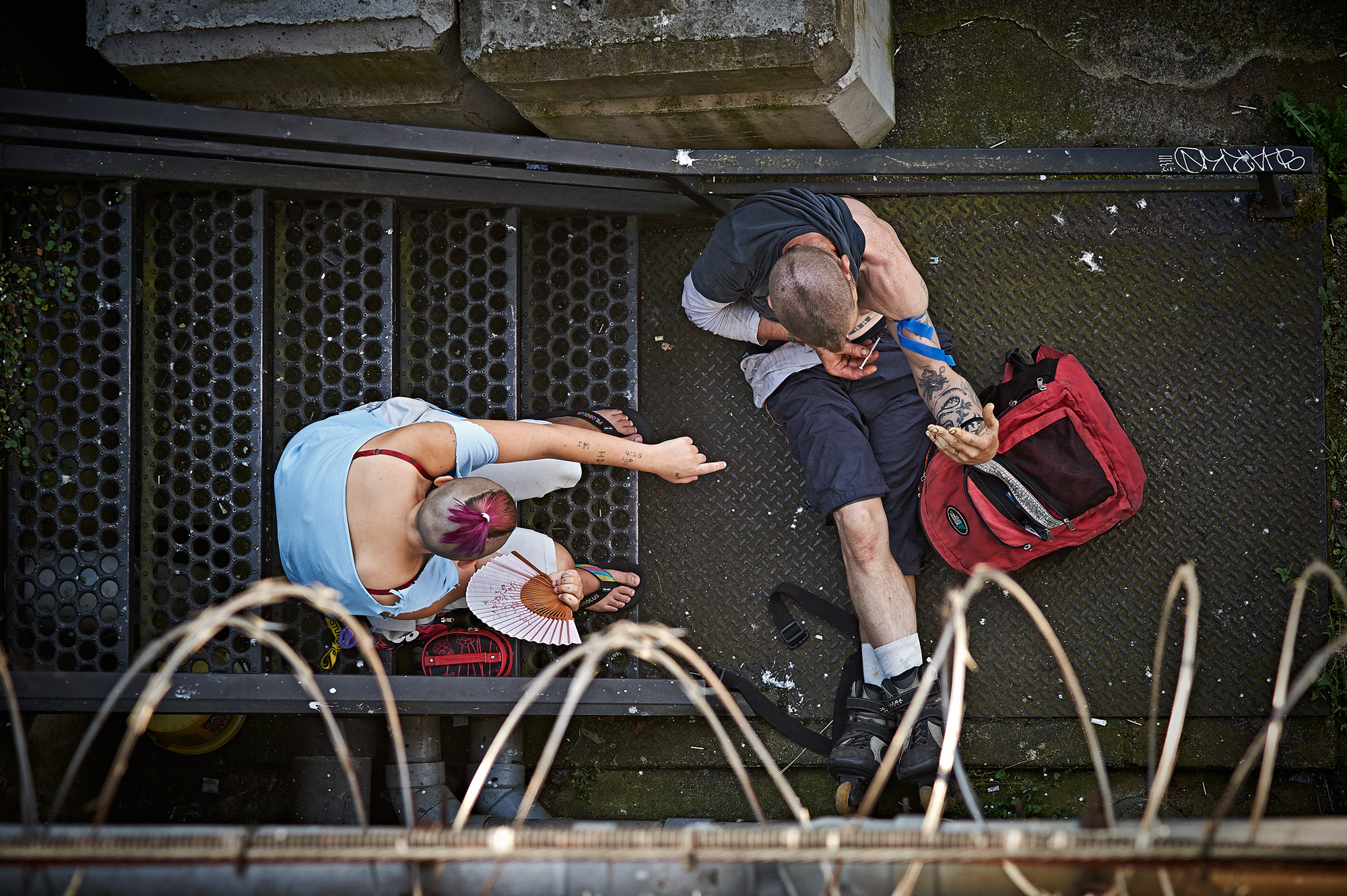
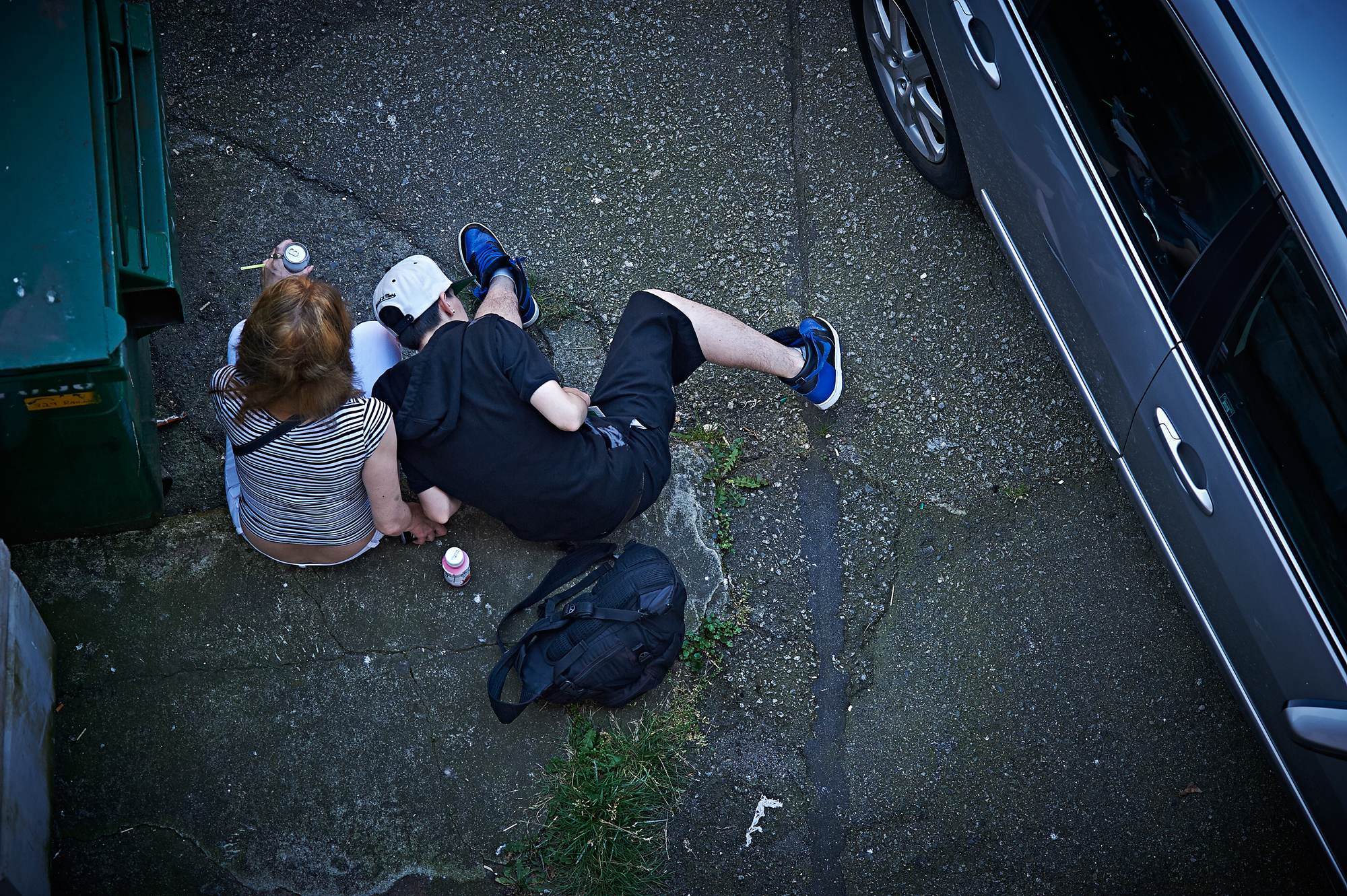
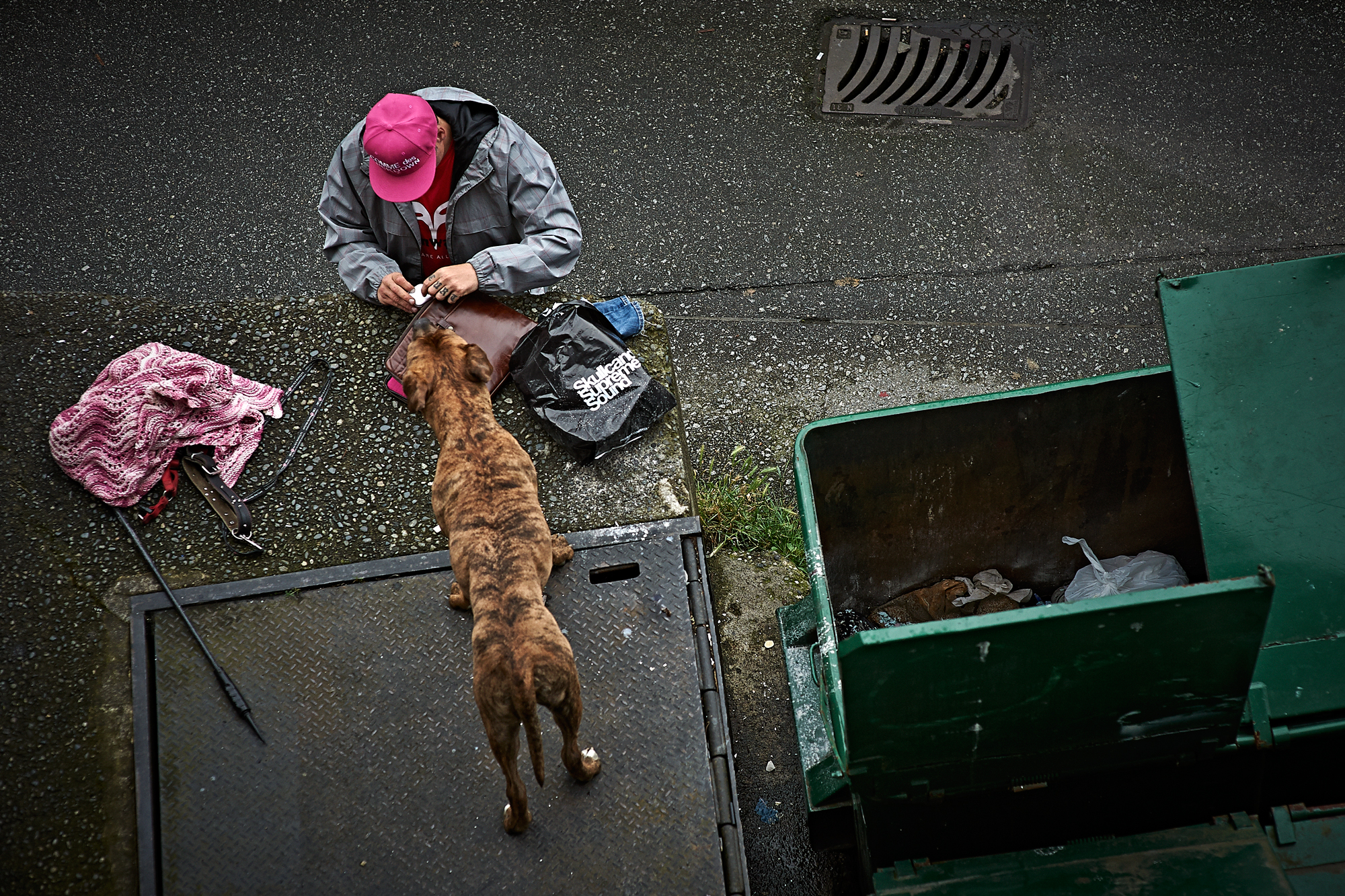
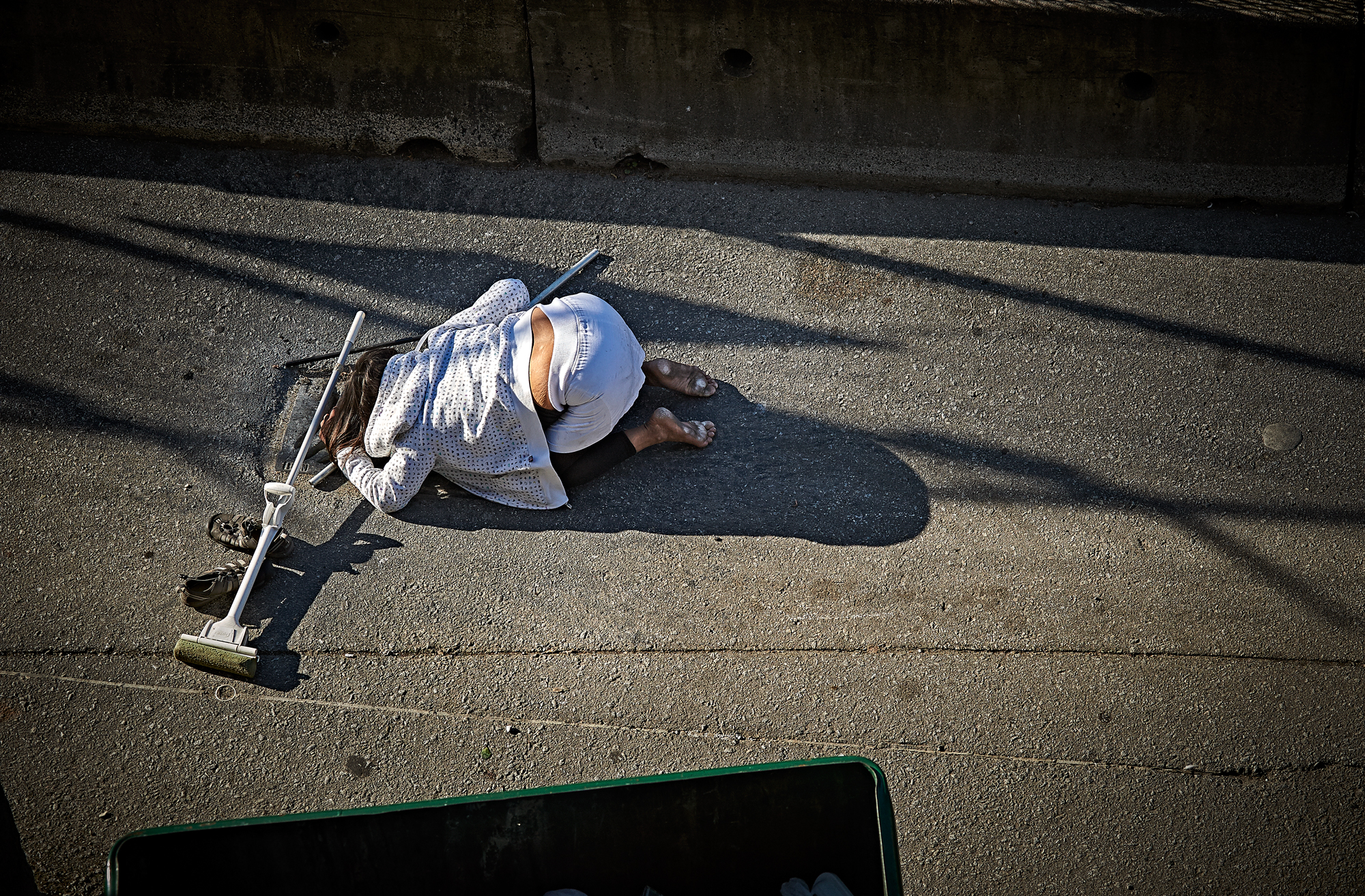
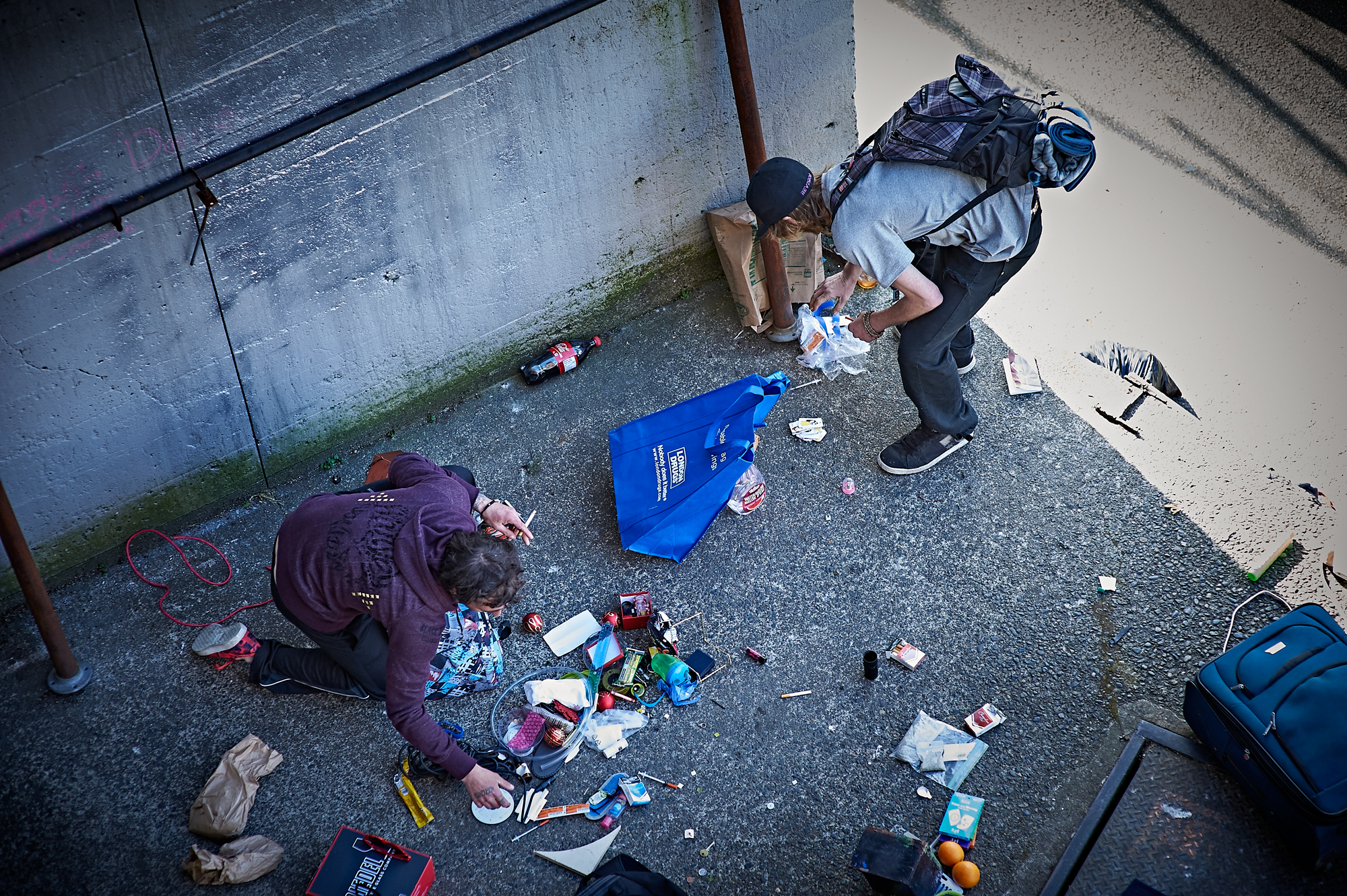
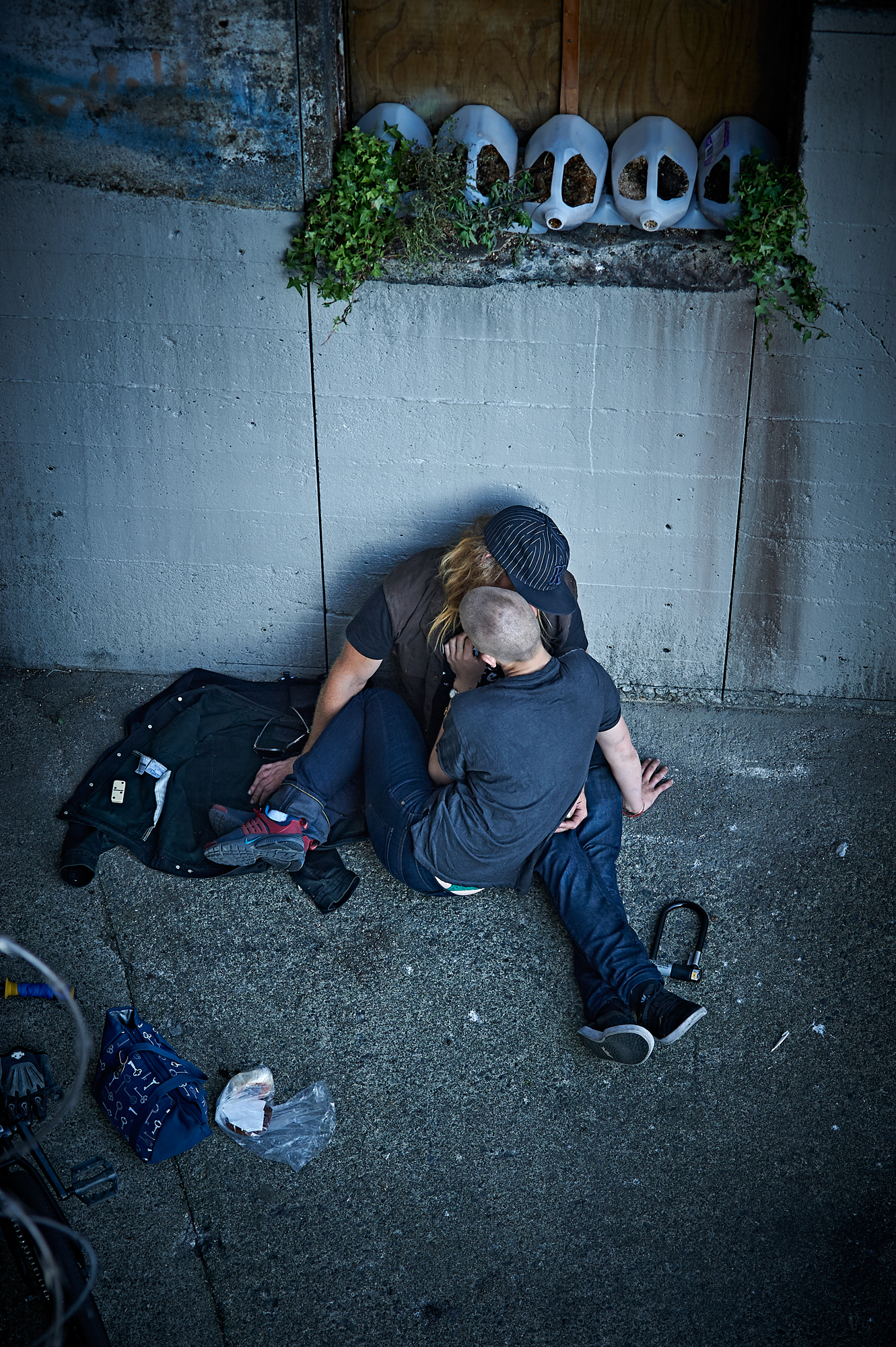
More Must-Reads From TIME
- The 100 Most Influential People of 2024
- Coco Gauff Is Playing for Herself Now
- Scenes From Pro-Palestinian Encampments Across U.S. Universities
- 6 Compliments That Land Every Time
- If You're Dating Right Now , You're Brave: Column
- The AI That Could Heal a Divided Internet
- Fallout Is a Brilliant Model for the Future of Video Game Adaptations
- Want Weekly Recs on What to Watch, Read, and More? Sign Up for Worth Your Time
Contact us at letters@time.com